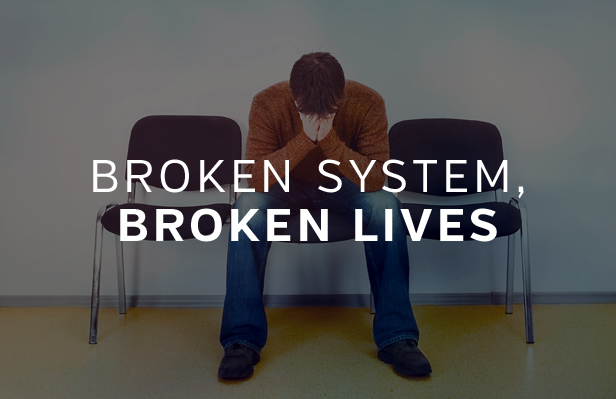Media

Obamacare is Failing, But States can Bring Hope
Obamacare is struggling for survival. Despite victories in the courts, state exchanges are in trouble, and Medicaid expansion has been more costly than expected—with no evidence of improved health outcomes.
In 2015, the Congressional Budget Office (CBO) projected 21 million Americans would purchase insurance on the exchange. Currently, only 9.6 million (439,000 in PA) receive their insurance via state exchanges. Considering ever-increasing premiums, eye-popping deductibles and dwindling choices, underwhelming enrollment is no surprise. Are smaller and sicker than expected population combined with the end of reinsurance in 2017, one of three insurance bail-out provisions, convinced insurers like United HealthCare and Atena chose to exit Pennsylvania's exchange—leaving tens of thousands of consumers in the lurch.
Potential exchange customers in southeast Pennsylvania will have just one insurer from which to “shop”. Several states, like Alabama and Wyoming, have only one insurer for their entire population.
Unsurprisingly, dwindling competition is bringing higher premiums. Pennsylvania insurers requested rate hikes up to 48% this year. In Tennessee, insurance companies secured in premium hikes of 62%.
The exchanges are failing, and that’s only half of the bad news.
The expansion of Medicaid is responsible for most of the drop in the uninsured rate since Obamacare's implementation. Yet there is little evidence Medicaid is improving health outcomes. And it’s proving more expensive than expected.
Brian Blaise from Mercatus explains in the Philadelphia Inquirer:
Taxpayers spent an average of $6,366 on Medicaid expansion enrollees in 2015. That's 49 percent more than the $4,281 amount that HHS projected in last year's report. With 9 million Medicaid expansion enrollees in 2015, this amounts to a $19 billion mistake and a substantial additional burden on federal taxpayers.
Earlier studies show Medicaid coverage leads to more consumption of health care, but there’s no evidence of improved health outcomes.
Thankfully, a recent article from Paul Howard in Real Clear Politics lays out key steps Pennsylvania can take to lower healthcare costs and actually improve health.
First, Howard identifies reference pricing. The California Public Employees Retirement System used reference pricing to save millions on hip and knee replacements. Here’s how it works: employers set a price for a procedure and provide employees with a list of providers who accept that price.
Another reform is direct primary care. Patients pay a monthly or yearly membership fee that includes preventative and primary care needs. Patients have predictable healthcare costs, and doctors can spend less time billing insurers and more time with their patients. Fourteen states have passed laws to protect this form of care from Obamacare regulations. Pennsylvania should do the same.
Finally, price transparency is essential to a well-functioning market that rewards quality. Today’s secret insurer contracts and inflated cash prices make it difficult for patients to make well-informed decisions. Creating a public, statewide database of the rates insurers pay for various procedures is one way to give patients the ability to shop. Other private websites, like Healthcare Bluebook, are already disseminating price information.
A future with lower health care costs and higher quality care is possible if we’re willing to learn from the failure of Obamacare and finally give patients more control of their health care decisions.